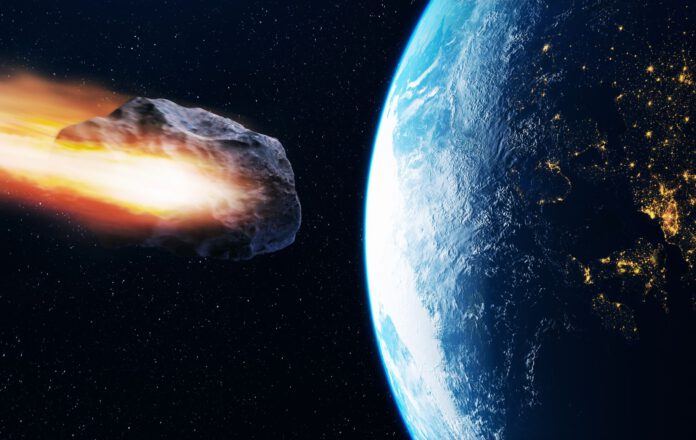
Asteroids frequently sail into our atmosphere, although we often are not aware of this beforehand. However, a recent incident proved different: the NASA warned us about a bright fireball last Sunday, racing towards our planet and set to land near Berlin.
Predicting an Asteroid’s Impact
Space rocks crash onto Earth multiple times per year, but what was virtually unique about this incident was that scientists had noticed it three hours before impact. It is only the eighth time ever an asteroid impact has been predicted beforehand.
Expert Asteroid Hunter’s Discovery
The asteroid, dubbed 2024 BXI, was first discovered by the self-proclaimed asteroid hunter Krisztián Sárneczky, an astronomer from the Konkoly Observatory in Hungary. He spotted the space rock through his Schmidt telescope in the observatory. Quickly afterwards, NASA provided a detailed prediction of where and when the meteorite would crash. The organisation tweeted on the night of January 20 that the small asteroid would break up into a harmless fireball near Nennhausen, just west of Berlin. Sárneczky, an expert in this field, has discovered hundreds of asteroids over the past years, including noticing the 2022 EB5 just two hours before it entered the atmosphere. He too used the Konkoly Observatory for his observations.
Caught on Camera
Footage of the exceptionally bright meteor was captured by a camera in Leipzig. The asteroid appeared and disappeared within a few seconds. Before impact, the asteroid was about a meter wide. It began to break up some 50 kilometres west of Berlin and likely dropped some pieces of rock on the ground. People have already started searching for these pieces: “Look for dark appearing stones with a glazed exterior. If you find one, record the GPS location, put the stone in a bag and bring it to us”, wrote the German Sample Analysis Laboratory on X (formerly Twitter) . The meteor’s steep entry angle into the atmosphere resulted in a relatively small search area.
Small Can Be Difficult
Noticing such a space rock is far more exceptional than you might think. According to the European Space Agency (ESA), 99 percent of asteroids that approach Earth, with a diameter of less than 30 meters, go undetected. Most asteroids that have hit our planet were only discovered many years after impact. The smaller an asteroid, the closer it needs to be to Earth for scientists to observe it, making it challenging to predict.
In some cases, asteroids even hide in the sunlight, like the meteor that appeared towards the Russian city of Chelyabinsk in 2013 from the direction of the rising sun. This 17-meter-wide asteroid injured around 1,200 people, mostly from broken glass.
Help is on Their Way
Due to the potential danger of these glowing surprises, scientists are developing new technology to scan the sky for asteroids before they get too close. For example, NASA’s NEO Surveyor satellite is set to launch in 2027. There will also be help from land with the Vera C. Rubin Observatory in Chile beginning to map the solar system from 2025 to detect asteroids sooner.
“It’s taken us two hundred years to discover all the asteroids we know to date, about 1.2 million in total,” says astronomer Mario Jurić, who leads the project at the Rubin Observatory. “In the first three to six months of Rubin, we double that number.”











